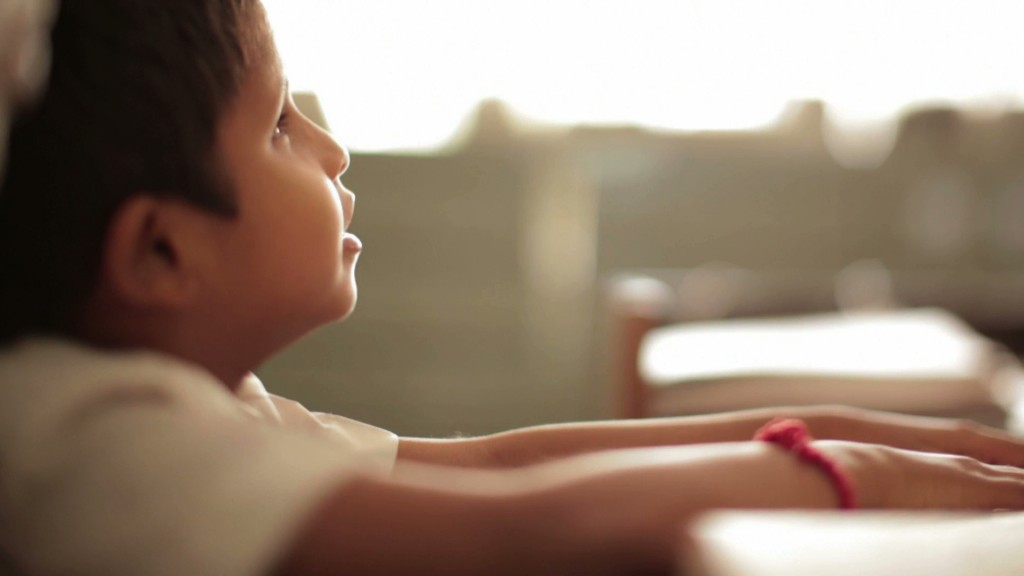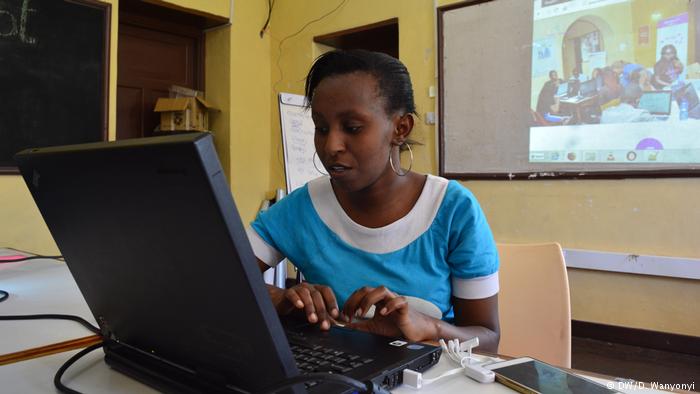When parents abuse children
Since the December 16 gang rape incident in Delhi, the attention that sexual violence has received from the Indian public and authorities has been a welcome change. However, such recognition should not come at the cost of ignoring other forms of violence that may seem to be less scandalous and, in fact, “normal.” The recent UNICEF report on violence against children does precisely this. It blows the lid off a camouflaged and under-discussed aspect of the issue: “hidden” violence.The document is not only the largest-ever statistical analysis on the subject, it also presents unprecedented evidence from 190 countries around the world. As has been reported in the media, a quintessential take-away from the extensive study is that violence against children – physical, sexual and emotional – is more common and rampant than imagined and yet, barely gets noticed.
Violent mothers
Of course, such disturbing findings often lead to a familiar series of responses: a slew of social campaigns, policy and legal reviews and maybe some further research on violence against children. However, what deserves our collective reflection and response the most, is pervasive physical violence within the family and that too at the hands of mothers. Although we seem to have shied away from such uncomfortable truths, the report should be seen as an opportunity to acknowledge reality and start some difficult, but indispensable, conversations.
Who would have thought that mothers in India, the land where they are revered, would be physically violent towards their wards. In fact, in the 15 and 19 years age group, 41 percent girls have reported physical violence by their “mothers or stepmothers,” whereas 33 percent girls reported physical abuse by their current partners. In other words, the mother has emerged as the most commonly cited perpetrator of physical violence unleashed on children in India, besides most other countries surveyed.
What is parenting?
While the discovery of a large number of physically abusive mothers is certainly an eye-opener, this finding has the potential to finally spark off a much-needed public debate on parenting. It is generally taken for granted that anyone who is a parent, or wants to become one, knows how to be a parent just because he or she deeply loves the child.
A related and popular fallacy is that child rearing comes “naturally” to individuals, especially biological parents. Perhaps there needs to be a public campaign to rectify this misunderstanding and instead propagate the idea that parenting is an acquired set of skills that needs constant practice and is therefore not an endowment present in anyone with a child.
The West has looked at the issue much more seriously. In her paper, Lisa Cassidy (2006) suggests that individuals who are less than “excellent” potential parents should abstain from parenting: “Being someone’s parent is such an important endeavour that it is too important to do badly, or even to do just adequately.” If Cassidy seems radical, Hugh Lafollette (1980) has been more provocative. He argues for state-awarded licences to individuals who can testify their capabilities as good parents since “our society licenses all manner of activities that potentially pose great harm to others (…driving a motor vehicle or practicing medicine)…”
While these postulates may seem preposterous to Indian sensibility, their spirit is difficult to disagree with. So, even as the UNICEF report recommends life skills for adolescents as one among a host of other strategies, the inclusion of child-rearing skills for parents seems equally necessary.
The finding has another benefit, even though a fringe one: it can humanise the image of the mother. The angry, punishing maternal figure stands in contrast to her holy representation in Indian literature, cinema and the psyche. The report alerts us to not confuse the real with the meme. Real mothers are imperfect humans, too, but they are benchmarked against the naturalized and impossibly difficult projections of our social imagery.
Is one’s family really the safest?
The finding also problematises the blind belief that the family is the ultimate and safest haven for children. When parents turn physically violent, our socio-cultural barometres often disregard it as an unfortunate but necessary part of parental disciplinary duty. However, since the line between “violence” and “corporal punishment” is thin, it is easily transgressed. The other argument that is used to justify physical violence against children arises in the name of cultural relativism and differences vis-à-vis parenting techniques. (This launched an international debate during the Indian child abuse case in Norway).
Even if we were to adopt different positions on the cultural acceptance of physical punishment, we cannot afford to ignore the large body of international evidence about the negative outcomes of physical violence on children. Nearly half of the world’s countries have prohibited corporal punishment in schools. Over 18 countries ban corporal punishment in all settings, including homes. In India, corporal punishment is banned in the school, but, as usual, its enforcement is negligent.
While sexual violence against girls finally ranks high as a crime, why is physical violence neglected as a lower folly, if at all? Perhaps because we accept it and also hide it. The effects of violence against children can last a lifetime, as exposure to violence can alter a child’s brain development damaging their physical, mental and emotional health. Violence is also passed down from one generation to the next. But violence is not inevitable; it can be prevented – if only we “refuse to let violence remain in the shadows.”
Author: Amrita Nandy
Editor: Manasi Gopalakrishnan
This is a story from Womens Features Service.







